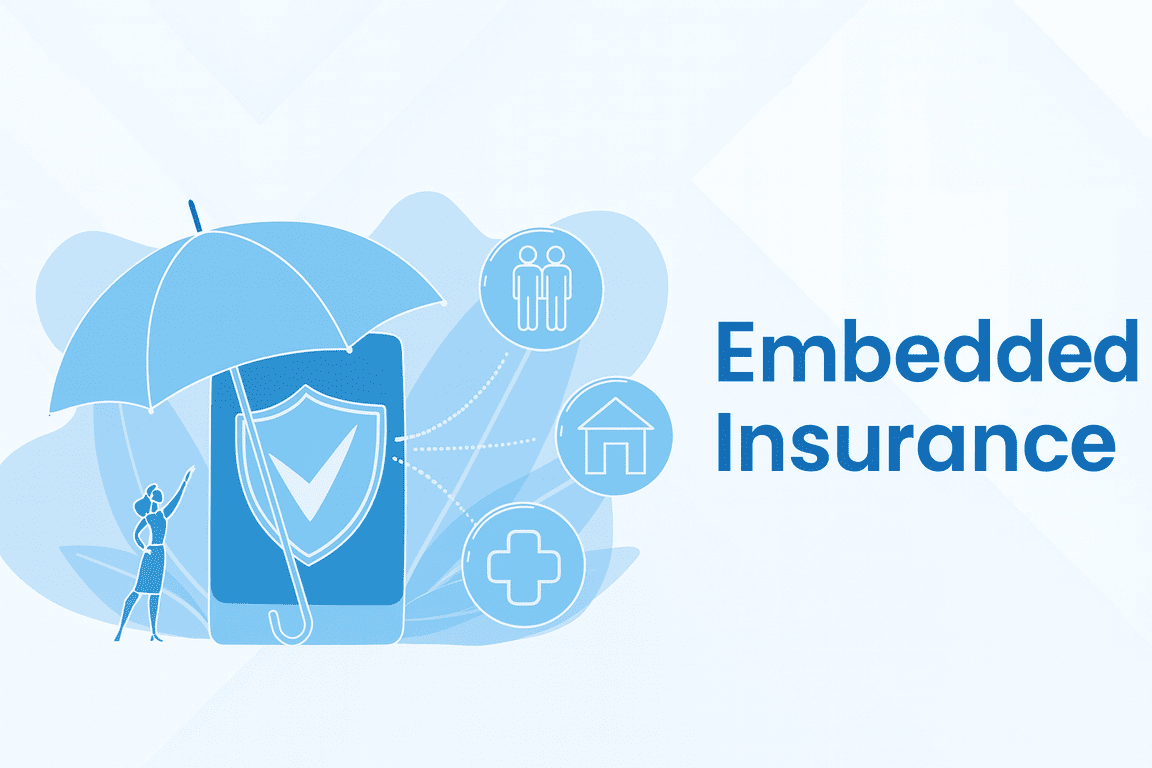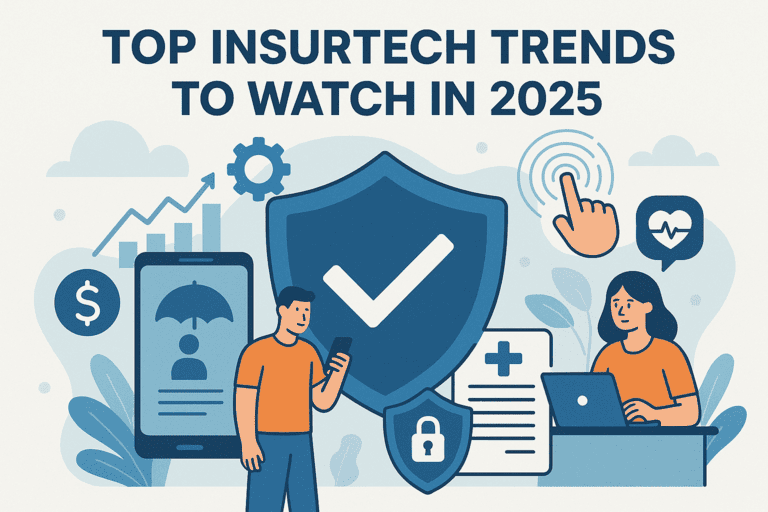Explore the top DevOps trends that are shaping the future of software development. Find out how to make product delivery faster without compromising on quality.
Table of contents:
- Quick DevOps Facts & DevOps Usage Statistics
- How Has DevOps Transformed in the Past Time?
- Trends That Will Impact the Future of DevOps
- What is the future of DevOps?
Over the past few years, DevOps has been playing a crucial role in making software development more efficient. Faster software delivery, more stable operating environments, more secure applications, optimized resource usage, and greater scalability are just a few of the massive benefits that drive organizations to include DevOps adoption in their digital transformation strategies.
As DevOps keeps evolving, staying updated on the latest DevOps trends is vital. In this article, we’re taking a quick look at the key DevOps statistics, examining how DevOps has transformed over time, and exploring the top trends that are set to impact the future of DevOps. Let’s get down to business.
Quick DevOps Facts & DevOps Usage Statistics
Before we delve into the latest DevOps trends, let’s look at some vital DevOps statistics:

- DevOps market size surpassed $7 billion in 2021 and is expected to reach $30 billion in value in 2028
- the unemployment rate for DevOps engineers was 1.88% in 2019
- in a survey asking recruiters which skills they are planning to hire in 2023, 35.5% of respondents chose DevOps
- in 2021, 83% of IT decision-makers reported that their organizations were implementing DevOps practices
- lack of standardized DevOps tools and challenges in implementing the DevOps approach are the major bottlenecks hindering DevOps adoption
How Has DevOps Transformed in the Past Time?
It’s safe to say that a decade ago, DevOps was a niche practice. However, it transformed into a popular approach to software development and delivery over the past few years.
DevOps is considered an integral success factor for teams that focus on delivering quality software products faster. So what are the reasons behind such a boost?

For starters, DevOps strategies have proved to benefit the development process, making it more efficient, improving the speed of software delivery, and taking the quality to the next level.
Also, the growing availability of cloud computing resources has streamlined the implementation of DevOps practices.
Without any doubt, the future of DevOps is more than promising. As a practical software development approach, it will likely improve and bring even more spectacular results.
Trends That Will Impact the Future of DevOps
The landscape of software development and operations is constantly advancing, and staying ahead of the curve is essential for success. In this section, we’ll uncover the hottest DevOps trends that are revolutionizing software development.
Trend #1: Serverless computing
DevOps teams are increasingly adopting serverless architecture, mainly due to the high cost of server infrastructure. Serverless computing goes a long way toward streamlining DevOps operations, from development to deployment. Moreover, this technology cuts down on the development teams’ workload by removing the burden of server maintenance, including cloud monitoring and system updates.
Trend #2: Low-code application development
Organizations are increasingly adopting a low-code approach to software development to stay ahead of the curve in today’s highly-competitive business environment. While low-code platforms help ensure faster delivery, they produce even better results when combined with DevOps automation.
Trend #3: Artificial intelligence and machine learning
While AI and ML have already changed how businesses operate, these technologies are expected to keep accelerating every phase of the software development cycle. AI and ML allow DevOps teams to boost performance with the help of intelligent automation, identifying issues, and offering solutions.
Trend #4: DevSecOps
Since security has always been paramount in the digital world, the transformation from DevOps to DevSecOps is expected to gain even more traction in the near future. DevSecOps combines the best DevOps lifecycle practices, placing a central focus on application security, observability, and governance.
Trend #5: Microservices architecture
Microservices architecture is enjoying massive popularity with the IT industry players. Microservices help developers break down large, monolithic applications into smaller, more manageable units. Paired with DevOps practices, microservices architecture lets decentralized teams innovate at an unprecedented speed and effectively manage performance metrics, which translates into accelerated development and quicker time-to-market.
Trend #6: GitOps
One of the latest additions to the DevOps workflow, GitOps is a solution used to automate and control infrastructure. In essence, GitOps is a Kubernetes-based paradigm that allows developers and the IT operations team to use Git for managing clusters and delivering applications.
GitOps automates the cloud-native deployment process, monitoring, and maintenance, embracing Git as a single source of truth. By releasing incremental updates, developers can build, test, and deploy software faster.
Trend #7: Cloud-native infrastructure
Adopting cloud management platforms for DevOps allows businesses to control their cloud operations and manage their cloud computing resources more effectively. As a result, organizations get enhanced cloud security, more efficient utilization of resources, and next-level risk management.
Trend #8: DaaS
One of the growing DevOps trends that is sure to persist is DevOps as a Service, or DaaS. DaaS is the practice of offering DevOps services to organizations by third-party providers. It allows businesses to outsource the management of their DevOps processes, removing the operational burden from their in-house team.
While DevOps adoption can be challenging, particularly for organizations with limited expertise or resources, DaaS helps effectively tackle this challenge by offering expert DevOps services.
Trend #9: Infrastructure as Code
Infrastructure as Code automates provisioning and resource management by utilizing code rather than configuration tools. As a result, it enables building robust systems that can be duplicated and deployed within development, testing, and production environments.
Trend #10: Adoption of container technologies
One of the factors shaping the current DevOps trends is the growing adoption of container technologies. Containers are lightweight environments that help streamline hosting and managing web applications.
Trend #11: FinOps
FinOps refers to the best practices for optimizing cloud spending to increase profit margins for organizations. It offers financial accountability to cloud expenses by collaborating closely with different teams to balance speed, quality, and operational costs.
Trend #12: DataOps
DataOps is a combination of practices, workflows, and architectural patterns aimed at ensuring faster release, high-quality data, smooth collaboration between development and operations teams, and effective monitoring. Since these are critical aspects of DevOps, there is little surprise that the role of DataOps will only grow in the future.
Trend #13: Site reliability engineering
SRE is a software engineering approach that suggests employing software tools to control systems, solve issues, and automate operations tasks. In DevOps environments, SRE helps build scalable and highly reliable software systems.
Trend #14: ChatOps
ChatOps is a collaboration model that merges DevOps automation with communication tools, enabling teams to streamline processes and enhance communication. In addition, this approach helps fix issues faster, minimize errors, and boost transparency. By adopting ChatOps, teams can effectively collaborate in real-time, sharing data more quickly.
Trend #15: Platform engineering
Platform engineering is a DevOps approach that consists in building a shared platform to improve the developer experience and increase productivity within an organization by providing self-service capabilities with automated infrastructure operations. In other words, platform engineering is about creating a robust ecosystem for seamless collaboration between Dev, Ops, and SRE.
What is the future of DevOps?
The future of DevOps is teeming with possibilities and promises. Serverless computing, low-code development, artificial intelligence, and microservices architecture reshape how software is developed, delivered, and tested.
Embracing DevSecOps, GitOps, and cloud-native infrastructure empowers organizations to build resilient, secure, and scalable systems. By adopting Infrastructure as Code, containers, FinOps, DataOps, and site reliability engineering, businesses can achieve faster releases, higher-quality data, cost optimization, and improved operational efficiency. ChatOps and platform engineering enhance collaboration, communication, and productivity across development, operations, and SRE teams.

As the DevOps landscape evolves, staying up-to-date and making the most of these trends will be the key to winning a competitive edge and driving success in the digital era.






